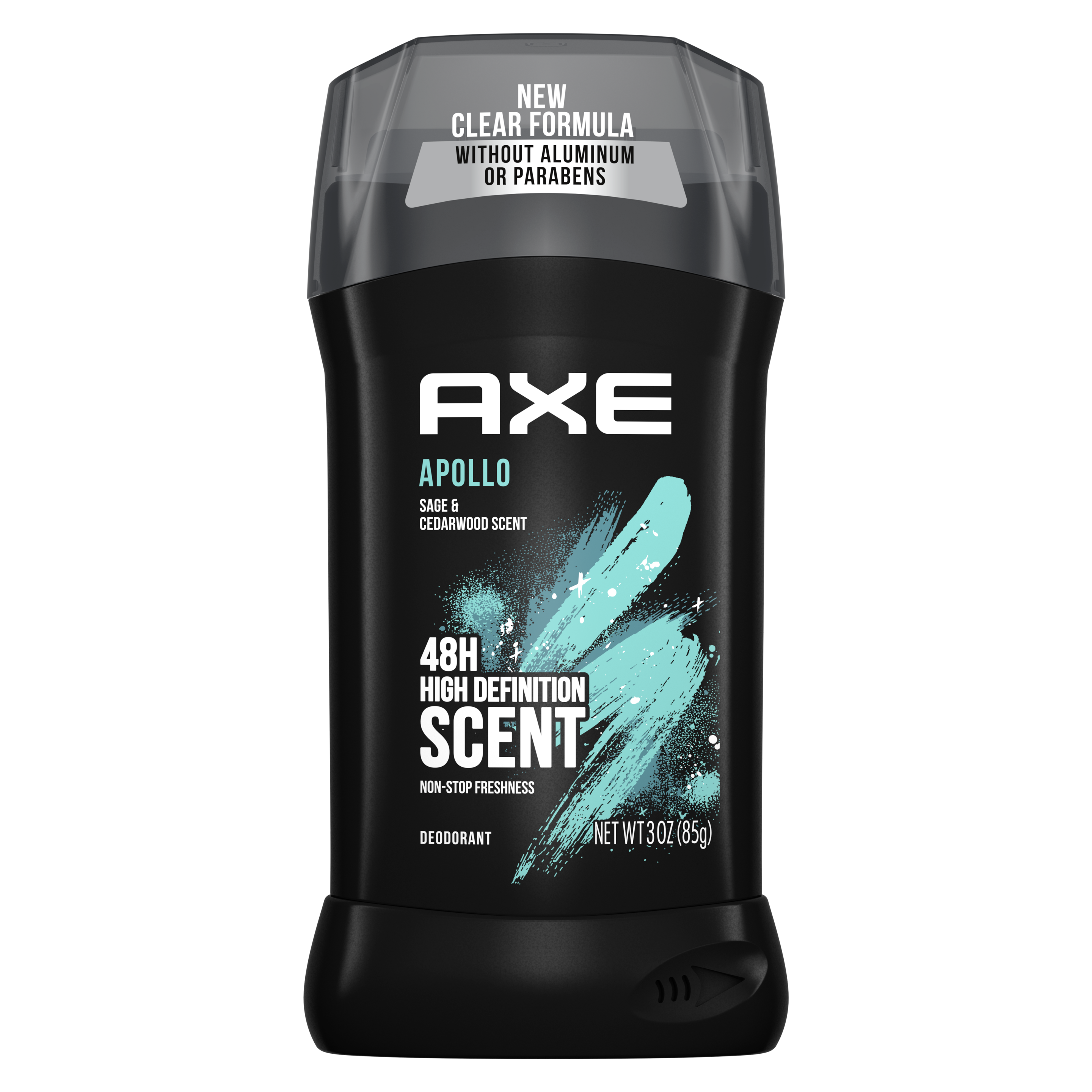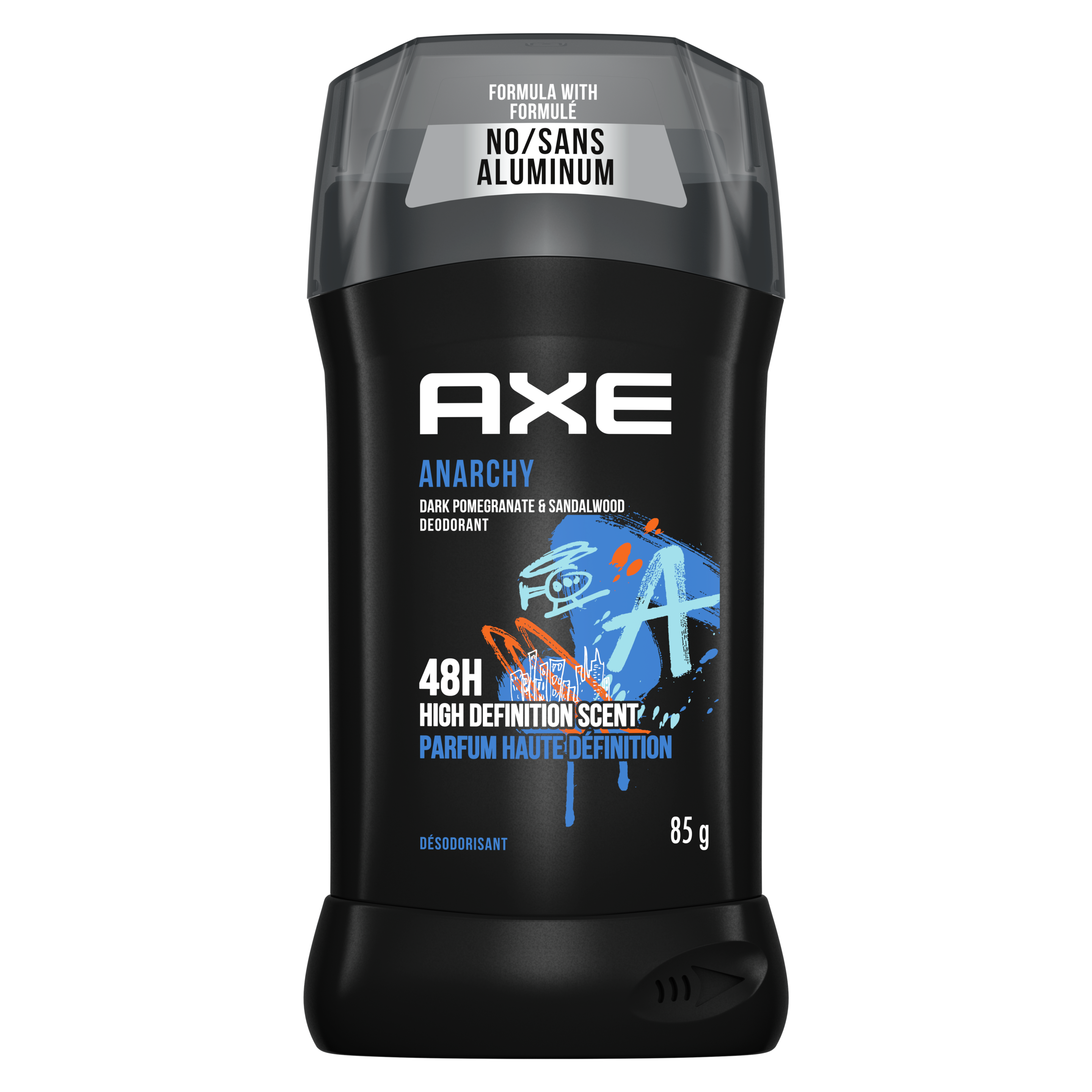Antiperspirants are your ride-or-die for freshness, but occasionally they can flip the script and hit you with some unexpected side effects. If you’ve caught your deo acting up, leaving your armpits itchy and burning, you might just be facing an antiperspirant allergy. Don't sweat it; we've got your back with an axe-tion plan to tackle those reactions like a pro.
What is an Antiperspirant Allergy?
An antiperspirant allergy is when your body’s immune system reacts to ingredients in your deodorant. It can cause itchy, red skin, or swelling underarms.
This allergic reaction to antiperspirant is your body's way of saying, "Hey, something in this deodorant isn't vibing with me." This can happen when some ingredients make your skin freak out. Knowing what these ingredients are can help you dodge the drama.
Common ingredients to watch out for
Aluminum Compounds: Often used to block sweat glands.
Fragrances: Can be synthetic or natural, but both can cause reactions.
Preservatives: Parabens and other chemicals that keep your product fresh.
Alcohol: Found in many sprays and roll-ons. These can sometimes be drying and irritating.
7 Signs You’re Having an Allergic Reaction to Your Antiperspirant
1. Redness and swelling
If your underarms look like they’ve been sunburned, it’s a classic sign of an allergic reaction. Redness and swelling can indicate that your skin is not happy with your antiperspirant.
2. Itching and burning
An itchy or burning sensation is your skin’s way of saying, “Help!” This discomfort can range from mild to severe and is a common sign of an allergic reaction.
3. Rash or hives
Small, red bumps or hives can appear on your skin, making it look like you’ve had a run-in with a patch of poison ivy.
4. Dry, flaky skin
If your underarms are flaking like a snow globe, it’s a sign that your skin is reacting negatively to your antiperspirant. Dryness and peeling are common symptoms.
5. Blisters or sores
In more severe cases, you might develop blisters or open sores. This is a serious sign that you need to stop using the product immediately.
6. Pain or tenderness
If your underarms are tender to the touch or painful, it’s a clear indication that something’s not right. This could be due to inflammation caused by an allergic reaction.
7. Darkening of the skin
Prolonged irritation can lead to hyperpigmentation, making your underarms appear darker than usual. This is often a sign of chronic irritation or allergy.
How to Treat an Antiperspirant Allergy
Got a reaction? Below is a list of tips and treatments to help relieve that deodorant allergy and get you back to smelling good with no side effects.
Stop using the product
First things first, stop using the antiperspirant that’s causing the reaction. Switch to an aluminum-free or alternative antiperspirant and do a patch test to see how your skin reacts.
Thoroughly clean your skin
Gently wash the affected area with mild soap and water to remove any remaining product.
Apply a cold compress
Grab a clean cloth, soak it in cold water, and wring out the excess. Hold it against the affected area for 10-15 minutes to reduce swelling and soothe irritated skin. Repeat as needed for relief.
Use over-the-counter remedies
Hydrocortisone cream or antihistamines can help alleviate symptoms. Always follow the instructions on the packaging.
Consult a dermatologist
If your symptoms persist or worsen, it’s best to consult a dermatologist for professional advice.
Before trying out a new antiperspirant, do a patch test. Apply a small amount to a discreet spot on your arm, and wait 24 hours to see if your skin reacts.
Dealing with an allergic reaction to your antiperspirant isn’t fun, but with the right knowledge and steps, you can keep your skin happy and irritation-free. Remember to stay mindful of the ingredients, do patch tests, and treat any reactions quickly. Finding the right antiperspirant might take some trial and error, but once you do, you’ll be back to feeling confident and fresh without any of the drama.
Related Products







